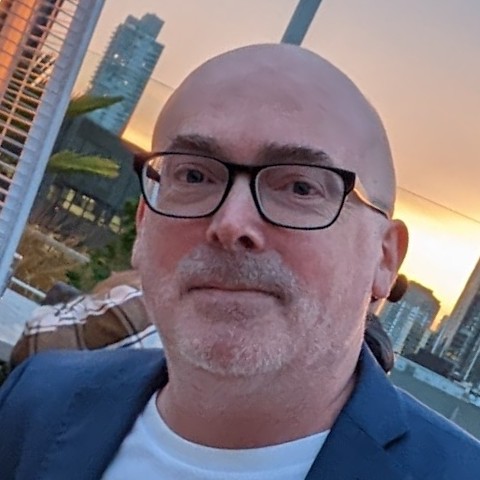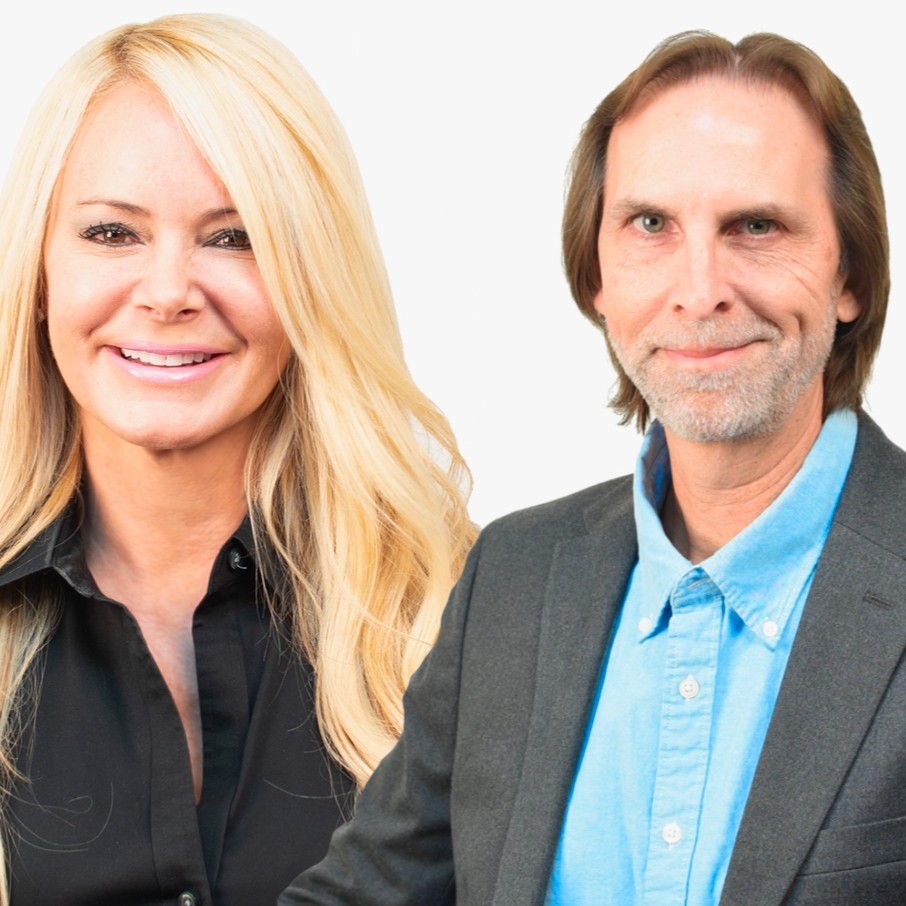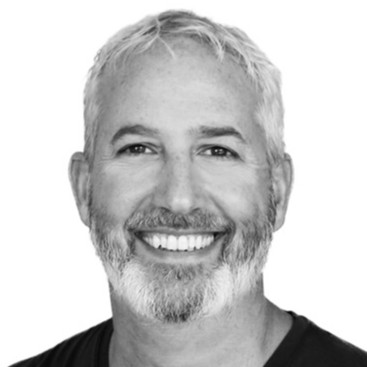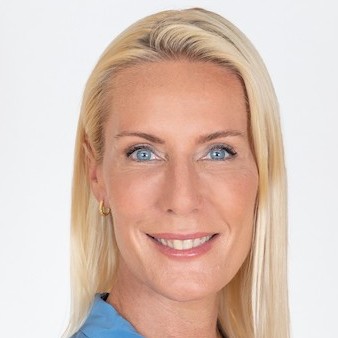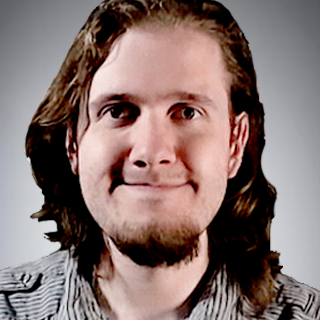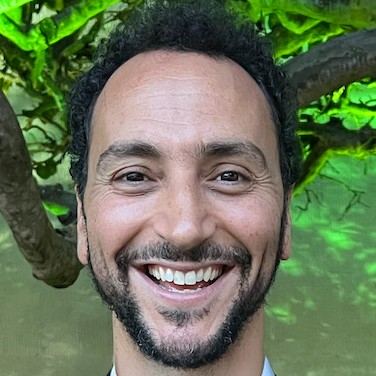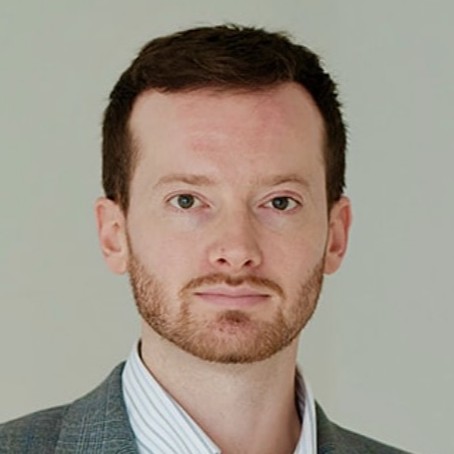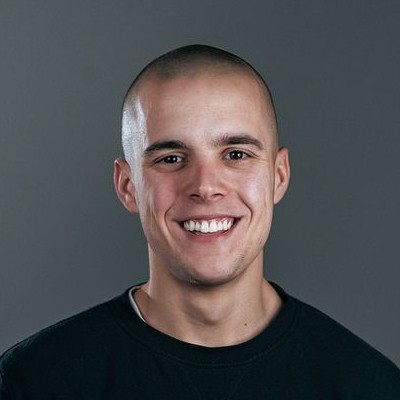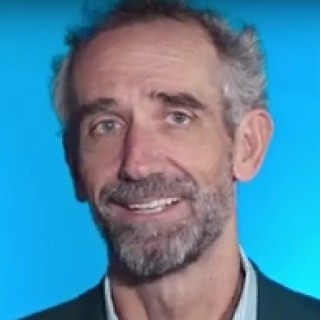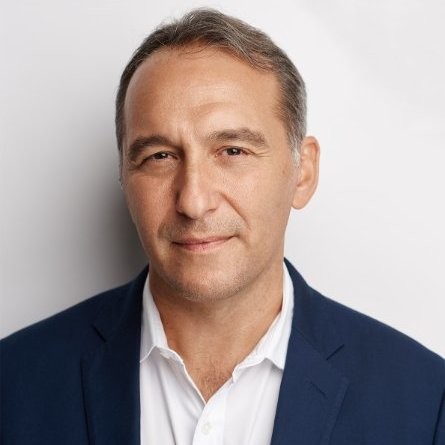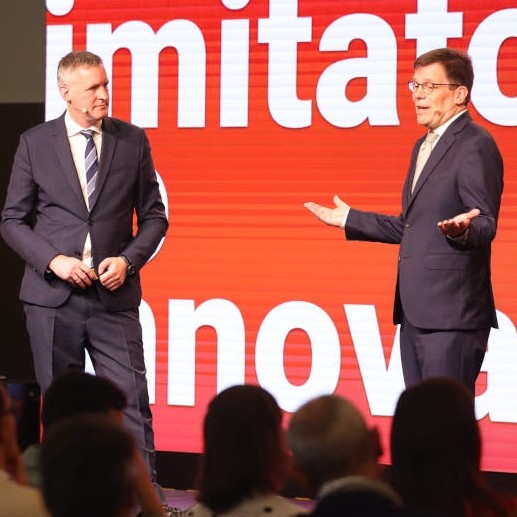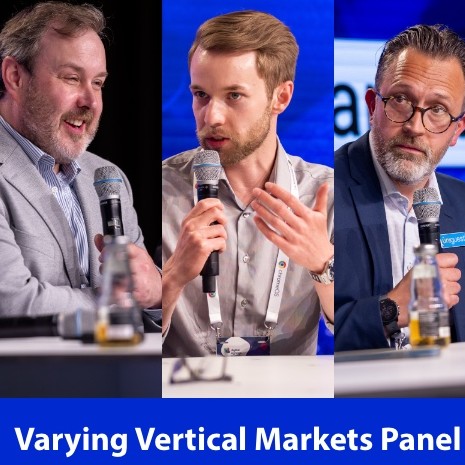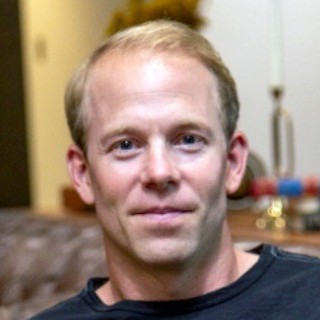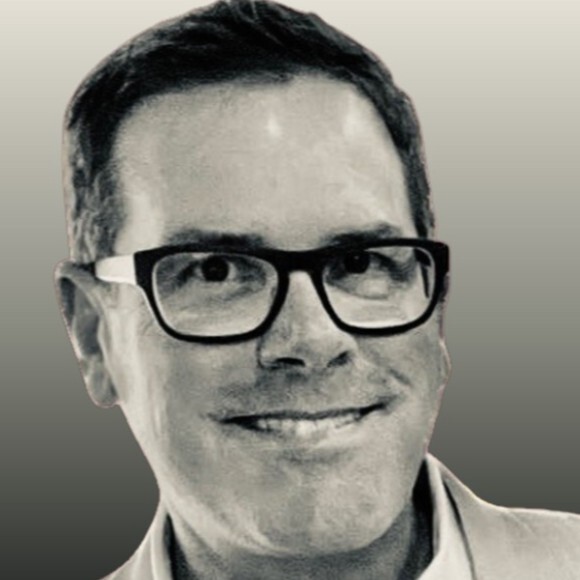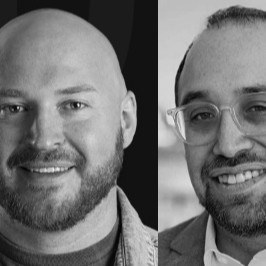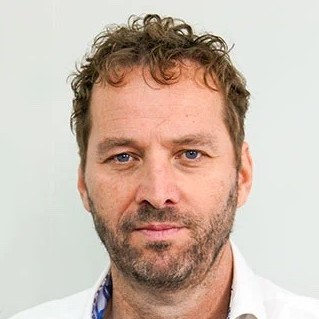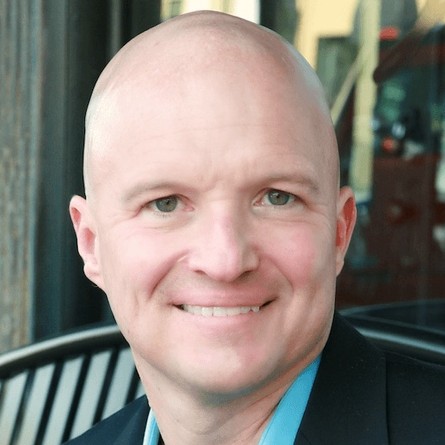Fergal Ó Ceallaigh, Ryarc
Description
The 16:9 PODCAST IS SPONSORED BY SCREENFEED – DIGITAL SIGNAGE CONTENT
I have been aware, forever, of an Australian digital signage software company called Ryarc, but through the years - and maybe a little because of the distances - I've never met or chatted with its founder and CEO Fergal Ó Ceallaigh.
It's one of those submarine companies that kind of operates below the waterline and mostly out of sight, but Ryarc has been around for many, many years - and has done well despite its admitted marketing deficiencies, because the software is all about substance rather than sizzle. That has appealed to the IT people who get involved more and more these days in scaled screen projects.
I was reminded of Ryarc during InfoComm, when an industry friend mentioned on a panel a technology he'd come across that would and could use broadcasting technology to move around digital signage content, instead of broadband internet or mobile data networks.
That sounded interesting, and I wanted to know more - as it sounded like satellite content distribution, but different. When I found out Ryarc was the company that was doing proof of concept trials in the U.S., I reached out to Fergal - now based in Seattle - and we had this chat.
Subscribe from wherever you pick up new podcasts.
TRANSCRIPT
Fergal, thank you for joining me. I've been aware of your company for a long time, but we've never actually spoken. For those people who don't know what you do, what the company does. Could you give me the elevator pitch?
Fergal Ó Ceallaigh: Thanks for inviting me on. RYARC was founded as a digital signage application, with the starting point of their need for a digital signage platform that combined enterprise capabilities with knowledge worker-level skills by the operator. So this was in an era when digital signage was moving from what was a highly specialized and fairly rare thing, to something where at least from our perspective, the requirement was going to be that digital signage was just going to be another tool in the armory of an enterprise and, as such, it would require rather than a specialized team to operate at a knowledge worker level.
This goes back 20 years, right?
Fergal Ó Ceallaigh: Yeah, it does. We divert a little bit into kind of my backstory. I worked for Microsoft in the 90s in Dublin and I had a fantastic time there.
It was Microsoft where the Nvidia of the day, Windows 95 was coming out. So it was a fantastic place to work, and I couldn't have asked for a better start in my career, but I had an itch to try and start something of my own, and I happened upon digital signage. I could see the way trajectories were going in terms of connectivity. If you combine connectivity, availability, and cost & display, availability, and cost, two lines on a graph are going down and to the right and human labor is going up, and to the right. So those three factors combined to make it apparent to me that digital signage was going to be a thing.
If it was going to be a thing, it needed software to go with it. So I quit Microsoft, and I did my Asian Odyssey backpack and thing, and I was actually writing the code for version one. I got so bored sitting on the beach in Thailand that I took to actually writing code. I'm serious.
That is dysfunctional.
Fergal Ó Ceallaigh: I guess. Yeah, it was extraordinary. I'm not a beach guy, which is, another strange story for someone who ended up in Sydney for as long as he did, but, yeah, so it was with that desire to have a go with that.
Coming out of Microsoft, I felt I had a decent handle on usability and what's needed for a knowledge worker-level software product, by which I mean a product that it became. It seemed obvious to me that digital signage was going to become a bigger thing and as a result, it needed to be a kind of a productivity-type app rather than some highly specialized thing that you'd need a broadcast engineer. I think the early software that was available did come out of broadcast if I'm not mistaken. I think that was Scala's backstory.
So, I managed to get my hands on one of those. I can't remember exactly what year it was, but I was like, oh, okay, I can see how this works, but you're not going to be able to give this to Joe in marketing and ask him to start operating it. So that was the kind of genesis of why I chose that particular route and why I started writing code to get there. But it took a few years, from building the thing in my apartment to actually launching the company.
When did the business start, like when you were out there selling licenses and everything?
Fergal Ó Ceallaigh: I think the first license we sold was in 2006 but I had gone full-time about two years before that.
So you're pretty happy to start selling.
Fergal Ó Ceallaigh: Oh, I was. But it's funny. I was working for a company that was bought by Match.com in Sydney, and that was an interesting place to work at the age I was at the time.
But then, I met some folks there who are independently wealthy folks and the particular gentleman I approached is named Neil Gamble, a very well-known Grandi in the Australian business scene, South African guy, lovely man. But, a serious business guy who is running one of the largest software companies in Australia, such as they were back then. But he was chairman of the company I was working for, which was acquired by Match, and I pitched him my idea. I turned up in the boardroom office of this large software company at seven o'clock in the morning in Sydney. So I think it was 2003 or maybe 2004, it doesn't matter, but I pitched him the idea, and he said, “Fergal, that's brilliant, but fuck off and come back when you’ve got some customers.”
So, I duly fucked off and I think he ruminated on the idea for a while and came back to me a couple of months later. I was still working as a contractor at the time so I was fine. He said, “You know what? I've met some other people who are doing certain things in the retail space, and what you said clicked even more. So I'm going to take a swing on this”, and so he put in just enough money to basically pay for me and some other young guy to take the code from what was something I could, demonstrate to something that we could actually sell and the first customer was Zimmer if you've ever heard of Zimmer Frame?
No.
Fergal Ó Ceallaigh: The Zimmer frame is kind of like that. It's a mobility tool for people with generally older people. It's like a walking frame.
Unfortunately, maybe I'll learn about that soon enough, but not yet.
Fergal Ó Ceallaigh: Not yet. May it be many more years, but we put the website up and boom, that was the first one, and then, out-of-home started to take off in Australia and had a pretty decent clip, compared to other markets, and Neil was very well connected in the Sydney business scene.
He started to open doors into places like I could get meetings now with people, and my experience of that, and again, maybe it's reflected in our website and our kind of general low-key profile, generally, I found it, if I could get in front of a customer and showed them the product, we tended to do well. It was the getting the customers part, which was the trickier part for us, but Neil was instrumental in that, and that's how we started.
Back then it was trickier for everybody.
Fergal Ó Ceallaigh: Yeah, it was. Coming from an engineering background, I found it quite interesting, the whole scene at the time. What you had was advertising guys who were in the billboards business and suddenly there was, foist upon them this need to transform into an IT company, and that created a particular set of issues at the time, I think, where you had companies that whose experience and interaction with IT was about, “fix the printer” and “why is my email not working?” So they weren't tech companies in their DNA, they were marketing companies, and I tend to think of those years as like the cowboy years, by which I mean, there were an awful lot of platforms out there.
What I tended to see, although not uniformly, was a thing I noticed is that oftentimes, the decision makers because they didn't have a mature IT section within their company, it wasn't a traditional thing for them. It wasn't integral to their business in the way it is now, you often had people making software decisions who didn't really have the experience and wherewithal to assess software and what that led to properly, and I think this is partly what led to the massive proliferation of solutions out there was that the thing with digital signage is that it's fairly straightforward to get a piece of software that will reliably get a flash file or a JPEG or a video from A to B.
And when the software assessments were being done by people who didn't really have experience in enterprise software or edge management or remote device management, stuff like that, it was very easy for the smoke and mirrors guys to do well quickly, because no one was asking the boring questions about the plumbing. So that was something that took some adjustment for me with my background.
I think it's maybe part of what led to the proliferation of often these things. I don't want to denigrate or be down on the industry or anything, but there were a lot of solutions out there that were really something that someone had put together in response to a request from someone and then they came up with a logo, and said, we're a digital signage company, and often these solutions, if you ever got to peek behind, to look under the hood, as they say in North America, you'd be shocked at

